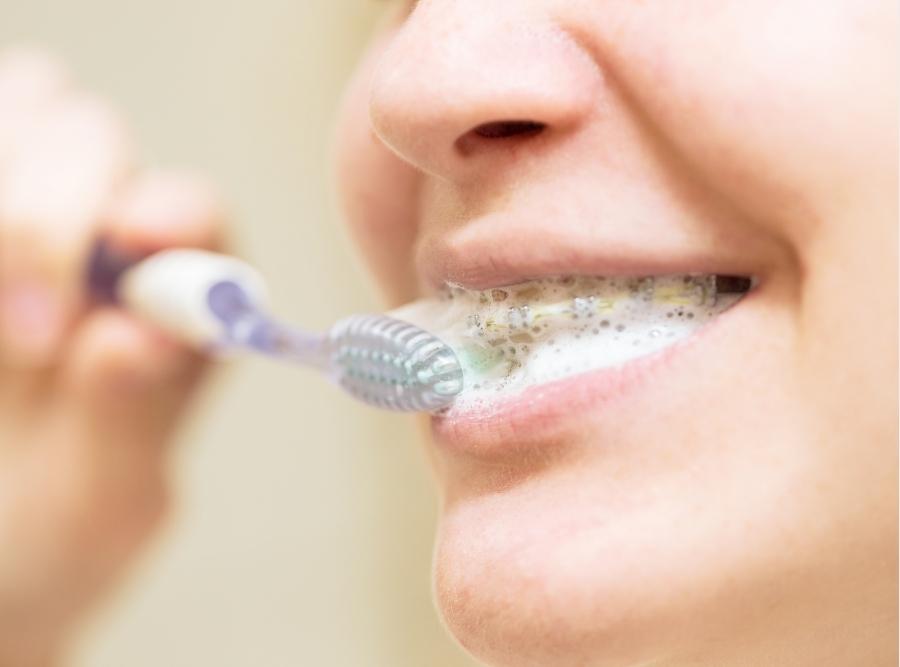Braces are a familiar sight in our community from kids heading off to school in Bluffton and Beaufort, to parents getting their own smiles refreshed and refined. At Miler Orthodontics, Dr. Miler and our team believe that understanding why, how, and what’s required with braces helps make the process smoother and more comfortable for everyone. That’s why we’ve put together this guide: to help families across the Lowcountry feel confident about starting treatment.
If you’re wondering whether braces are the right step for you or your child, this overview explains the types of braces available, how they work, what to expect during treatment, how to clean and care for them, and how to handle common issues like broken brackets or poking wires. With the right preparation, your journey to a straight, healthy smile will fit beautifully into your beach-outings, school years, and lifestyle.
Types of Braces Available (Metal, Ceramic, Clear)
When people say “braces,” what they mean can actually vary quite a bit. The most common option is traditional metal braces: stainless steel brackets bonded to the teeth and connected by a wire. These remain extremely effective for many alignment and bite issues.
Another option is ceramic braces (also called clear braces). These function like metal braces but use tooth-colored or clear brackets and wires so they’re less noticeable. The tradeoff: they may be slightly more fragile or require more care.
There are also clear aligner systems, which are removable trays instead of fixed brackets and wires. While not traditional “braces,” they often get grouped in the discussion because parents and teens alike ask about them when considering orthodontics.
Choosing the right type depends on your child’s (or your) specific dental needs, appearance preferences, budget, and what your day-to-day life looks like in the Lowcountry: school, sports, boating, meals out, family events.
How Braces Work

Braces apply gentle, constant pressure to teeth in order to move them into more ideal positions gradually. This pressure causes the bone around the teeth to break down and rebuild, allowing the teeth to shift over time.
The system, brackets bonded to each tooth, connected by an arch-wire and often elastic bands, creates a “track” along which the teeth travel. Adjustments by your orthodontist keep the movement on track and refine the position.
For children and families in the Lowcountry, this means planning ahead for regular check-ups and understanding that orthodontics is a process of changes over months, not days. The sooner you start, the more predictable the outcome and the more likely school photos, summer vacations and life events align nicely with progress.
Does Getting Braces Hurt?
One of the top concerns we hear from patients and parents is: will it hurt? The good news: discomfort tends to be mild and temporary. When braces are first placed or when adjustment visits occur, some soreness or pressure is normal as teeth begin to move. With today’s technology and materials, the discomfort is typically manageable and short lived.
Most patients say they have a little tenderness for a day or two, maybe feel some tightness when chewing, but are able to continue regular life, including lowcountry beach days, school and family outings. Over-the-counter pain relief, softer foods for the first evening or two, and following our team’s instructions usually keep things very comfortable.
What Foods Should You Avoid?
Caring for braces means being mindful of what you eat. Some food types are more likely to damage brackets or wires, which can mean emergency visits or delays in treatment. Sticky candies, gum, hard nuts, crunchy popcorn, biting directly into hard items like apples or corn on the cob, all these are potential concerns. For ceramic braces especially, avoid dark sauces, sodas and chewy sweets that can stain the elastic ties or vulnerable brackets.
Instead, families in the Lowcountry might plan meals like steamed veggies, soft-fruits, and sliced items rather than biting straight in. It’s a small adjustment early on that pays off with fewer broken pieces, fewer interruptions and a smoother experience.
How to Brush and Floss with Braces

Maintaining excellent hygiene is key to a successful braces experience. Brackets and wires create more places for food debris and plaque to accumulate, so brushing and flossing take a little more care than before. After each meal or snack, rinse your mouth and then brush with a soft-bristled orthodontic toothbrush; angle toward the brackets to remove hidden particles. Use floss threaders or an interdental brush to clean between wires and the gum line.
For teens and families on the go, especially those enjoying outdoor Lowcountry lifestyles keeping a portable brush, floss picks and a small mirror in a bag or glove compartment makes on-the-move cleaning easy. Staying consistent means healthier teeth, fewer cavities, and a quicker, smoother orthodontic outcome.
What to Expect at Adjustment Appointments
Just as your car needs regular tune-ups, your braces need periodic adjustment visits, typically every 4-8 weeks, depending on your treatment plan. During these visits, Dr. Miler will check progress, change arch-wires or elastic ties, and address any concerns. You might feel light pressure immediately after, but it usually subsides within a day or so.
For families in the Lowcountry, planning ahead matters. If your child has a big event, beach trip, or sports season coming up, mention it at the consultation so your schedule can align with the visits for minimal disruption. We aim for orthodontic care that fits your life, not the other way around.
Common Problems and Solutions (Broken Brackets, Poking Wires)
Despite careful care, sometimes issues arise: a bracket may come loose, a wire may poke the cheek, or an elastic band may spring loose during a meal or game. The best approach is early action. If something feels sharp or unbalanced, call us at Miler Orthodontics. We’ll advise whether it can wait until your next scheduled visit or needs attention sooner.
In the meantime, temporary solutions help: orthodontic wax over a poking wire, cutting the wire if safe and rinsing with warm water, avoiding hard food until it’s fixed. Minor setbacks don’t mean major delays—most issues are resolved quickly and without major impact if addressed promptly.
The Lowcountry Guide to Finishing Strong With Braces
Braces are one of the most successful ways to create healthy, beautifully aligned smiles and for Lowcountry families, the right preparation and mindset make all the difference. From understanding your options and how braces work to cleaning routines, foods to avoid and handling hiccups, you’re now equipped with the knowledge to move forward confidently.
At Miler Orthodontics we’re here every step of the way, ensuring that your treatment fits your family’s lifestyle whether that means school photos, beach days, summer camp or simply enjoying a bright, straight smile for years to come. Ready to start? Let’s talk about what your unique smile journey looks like.









